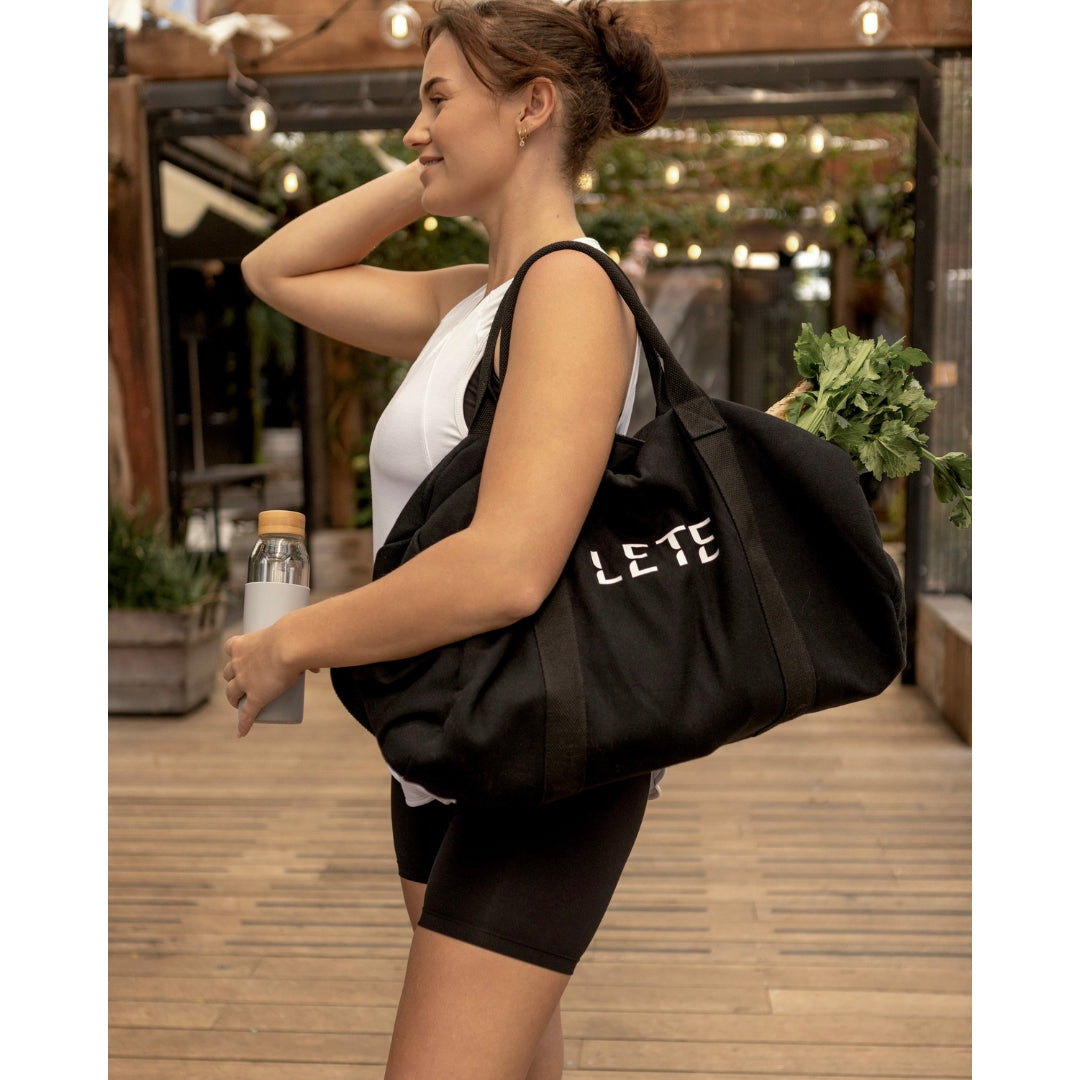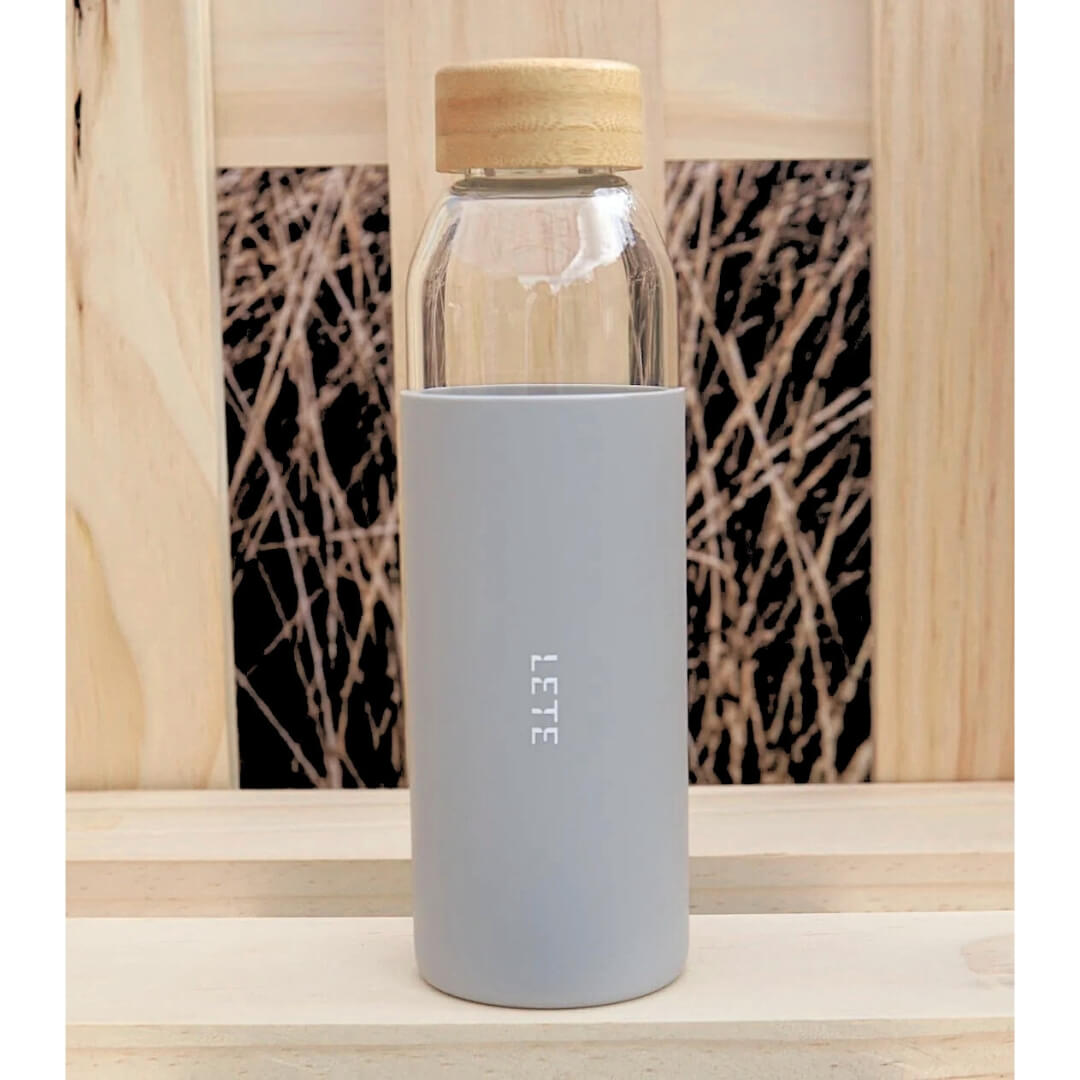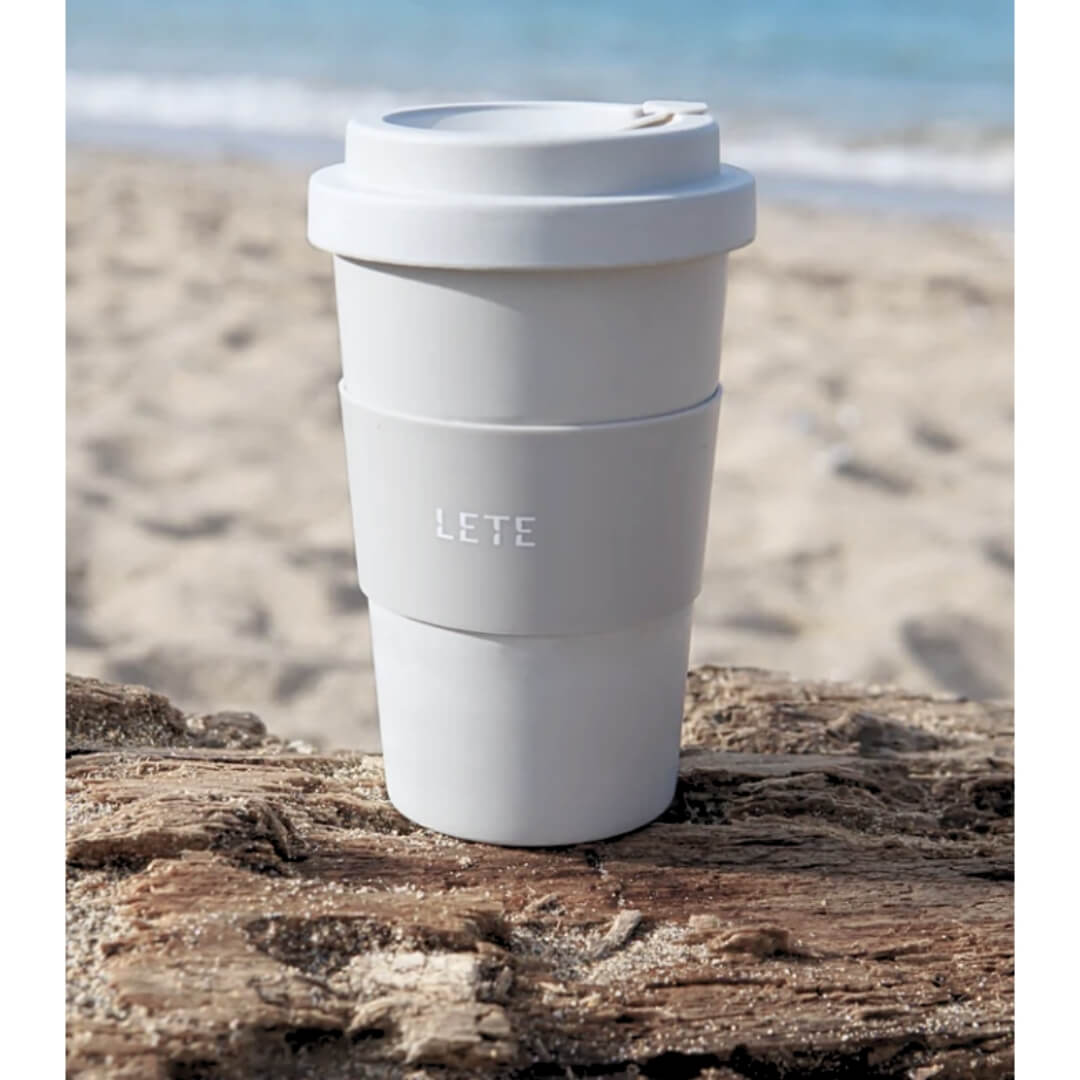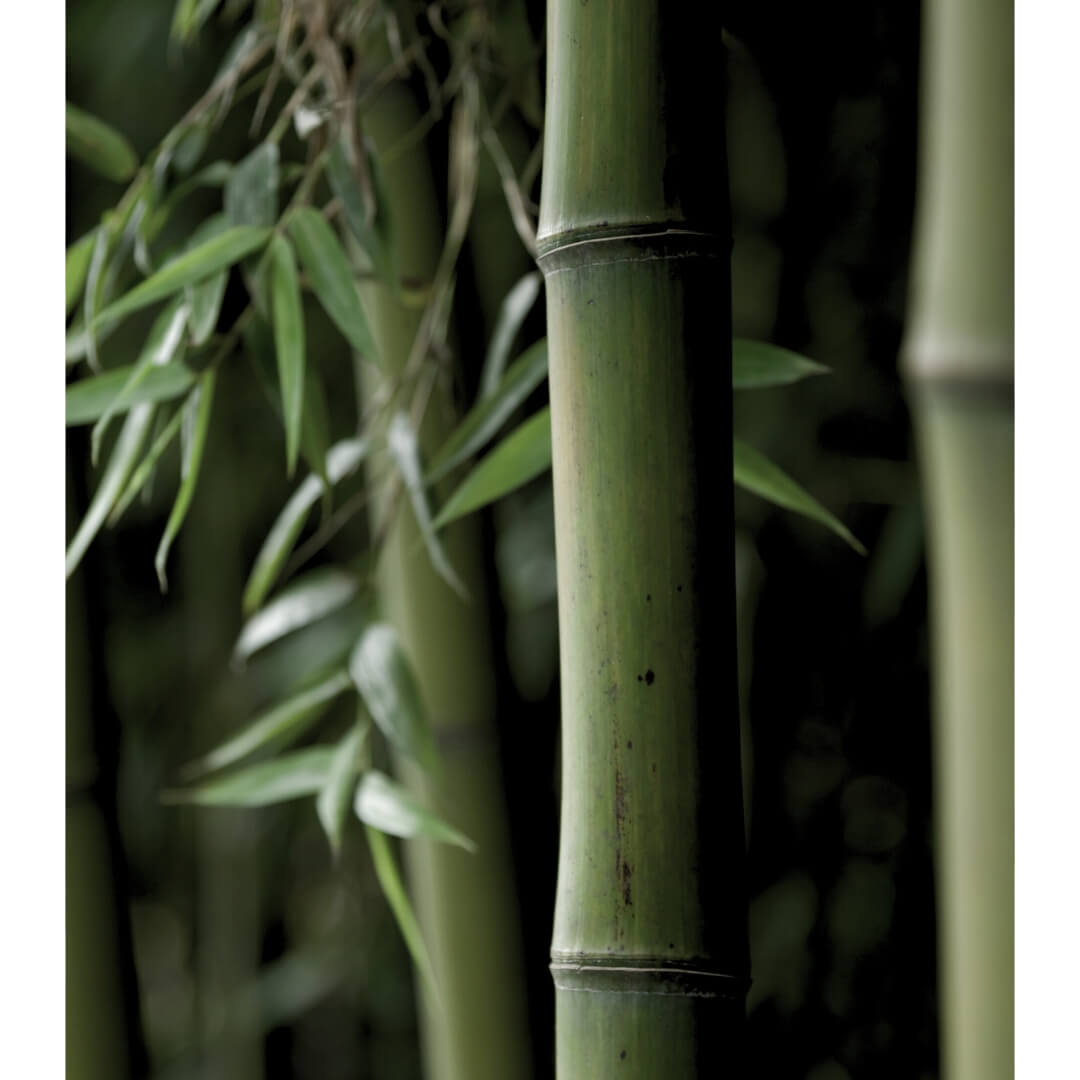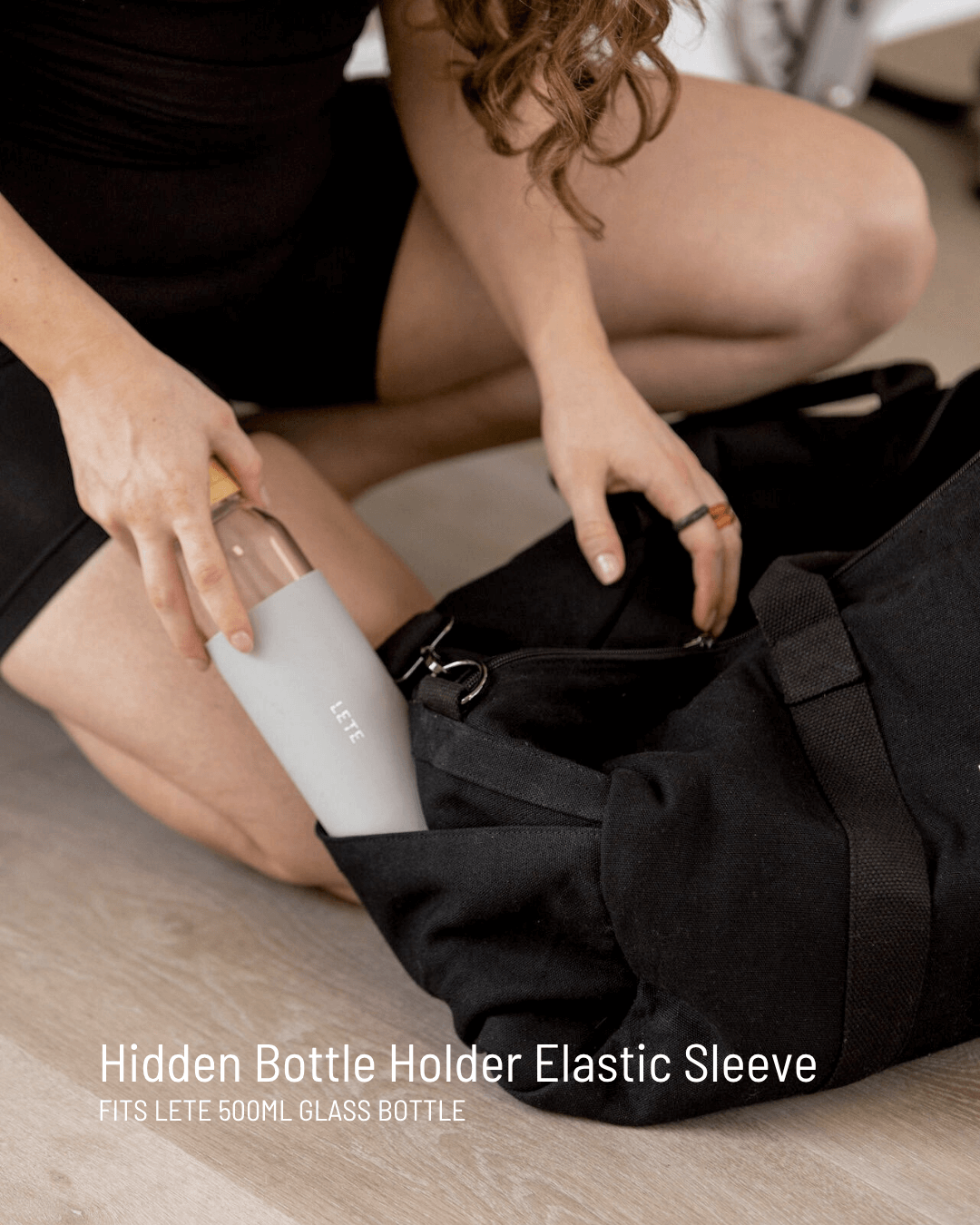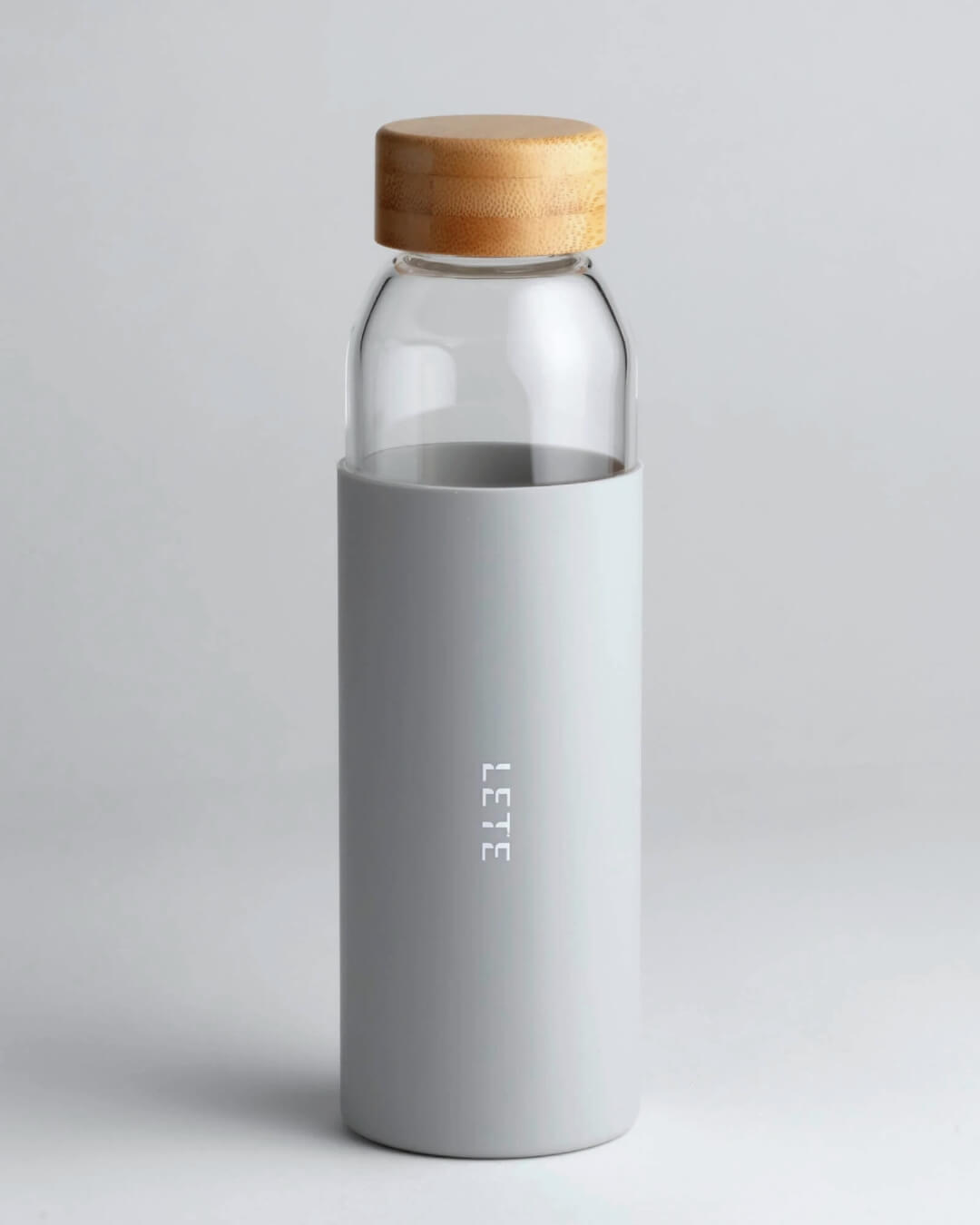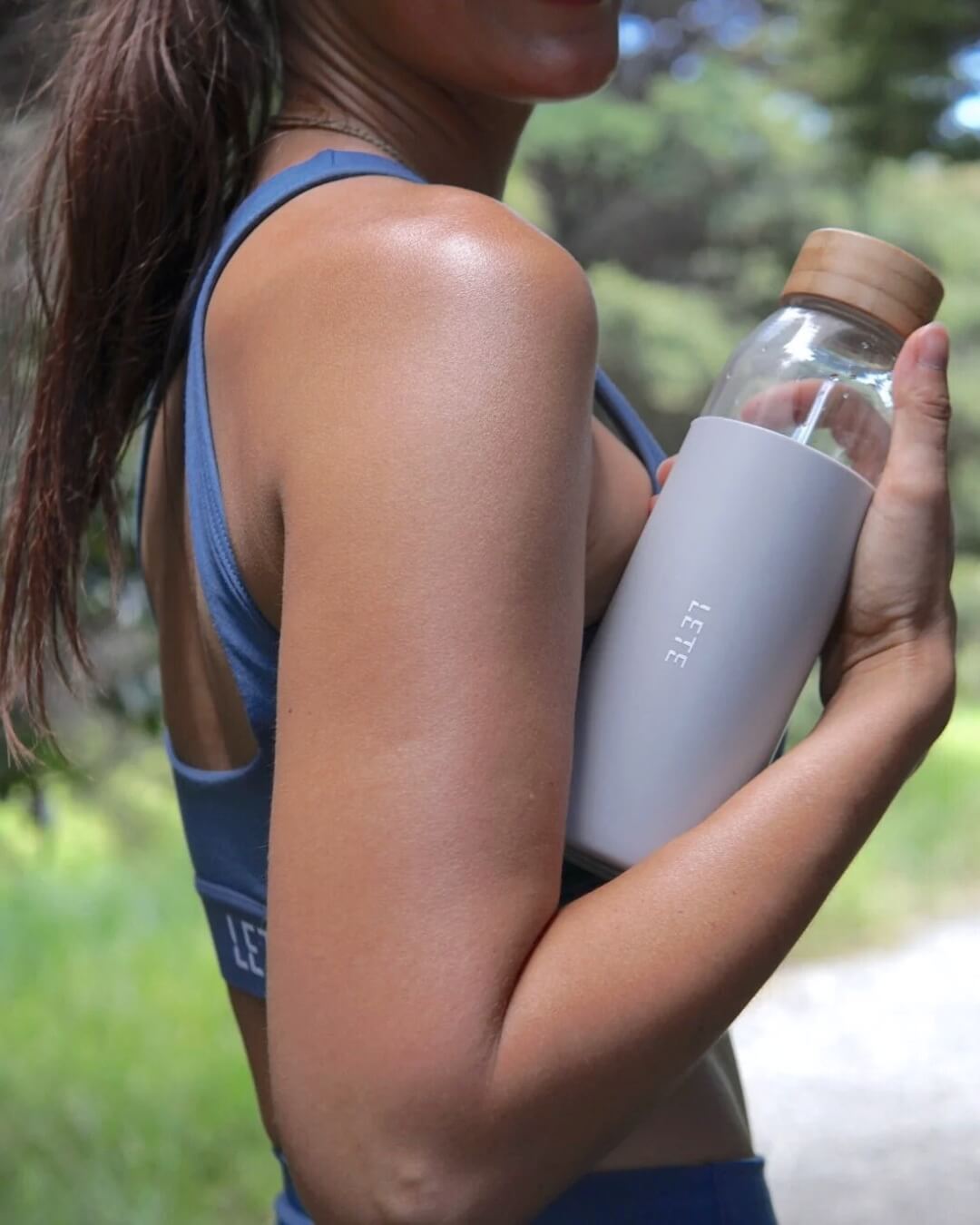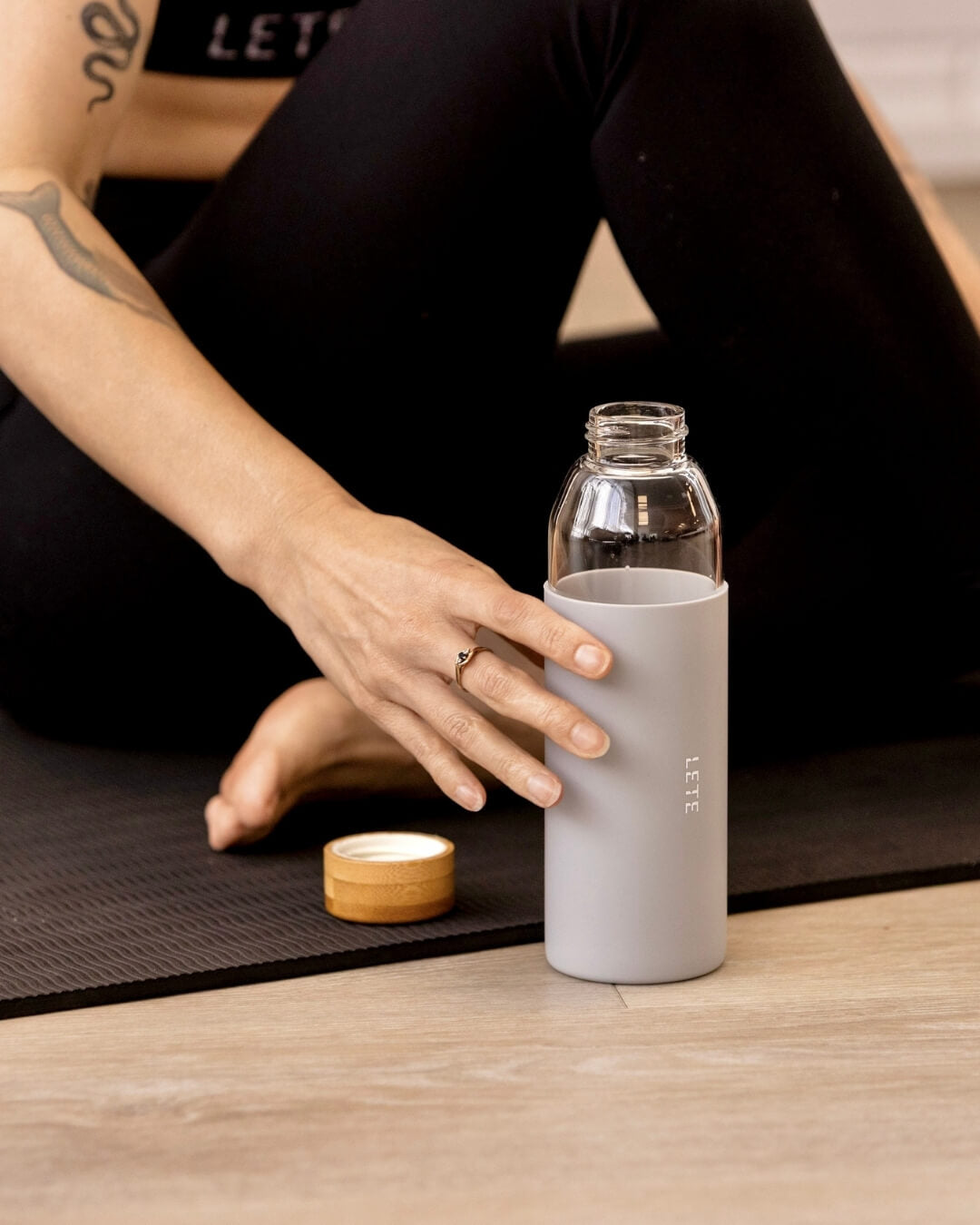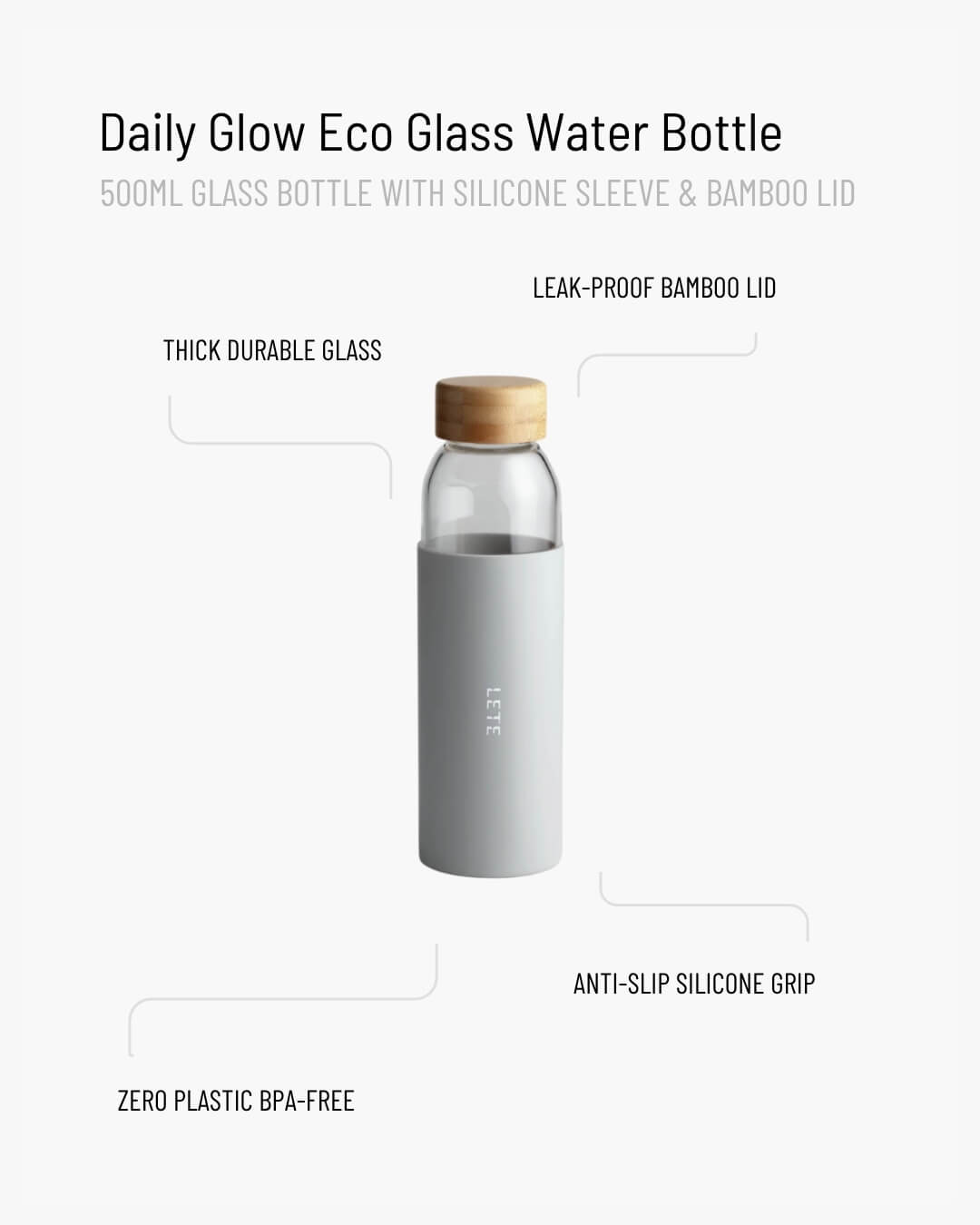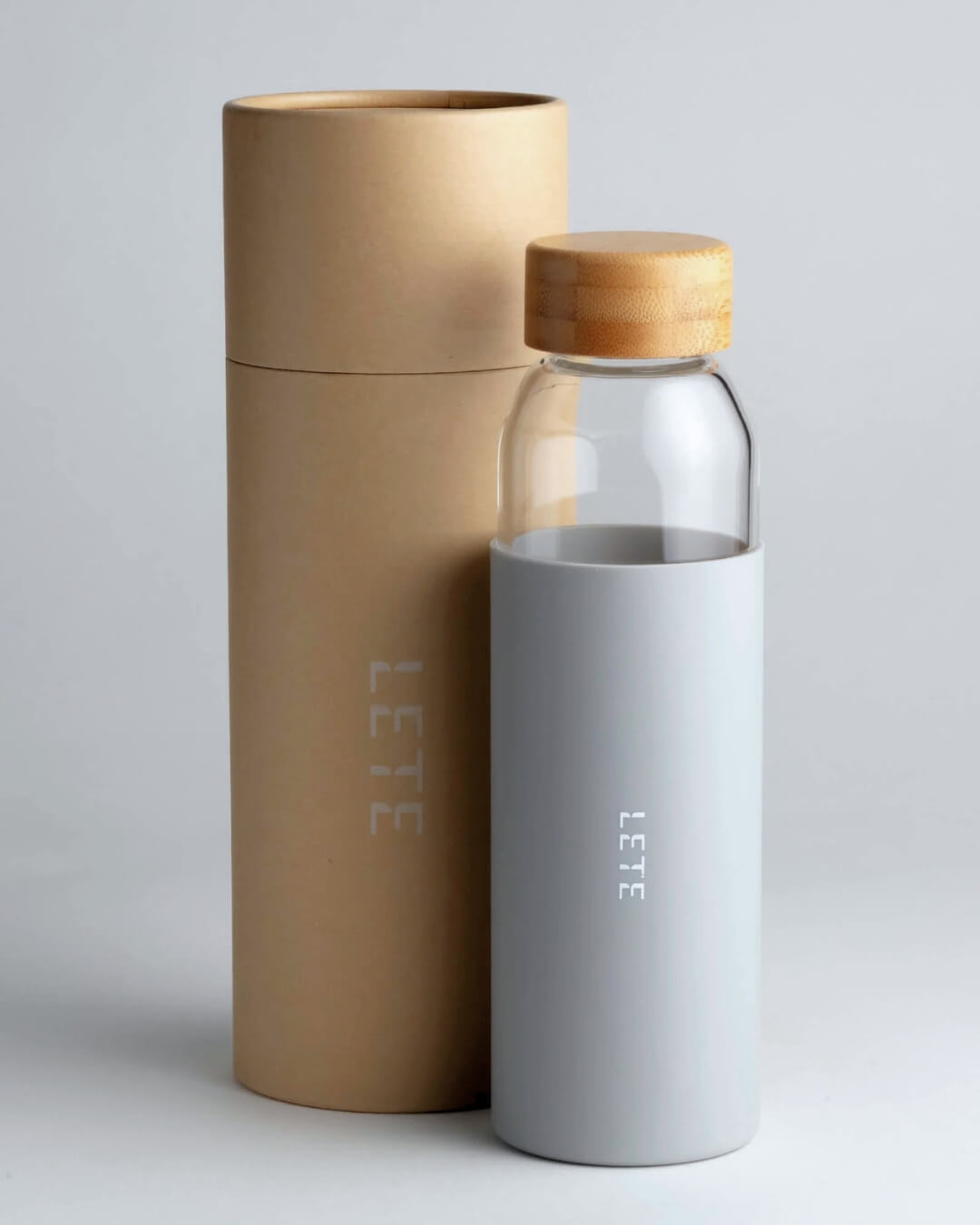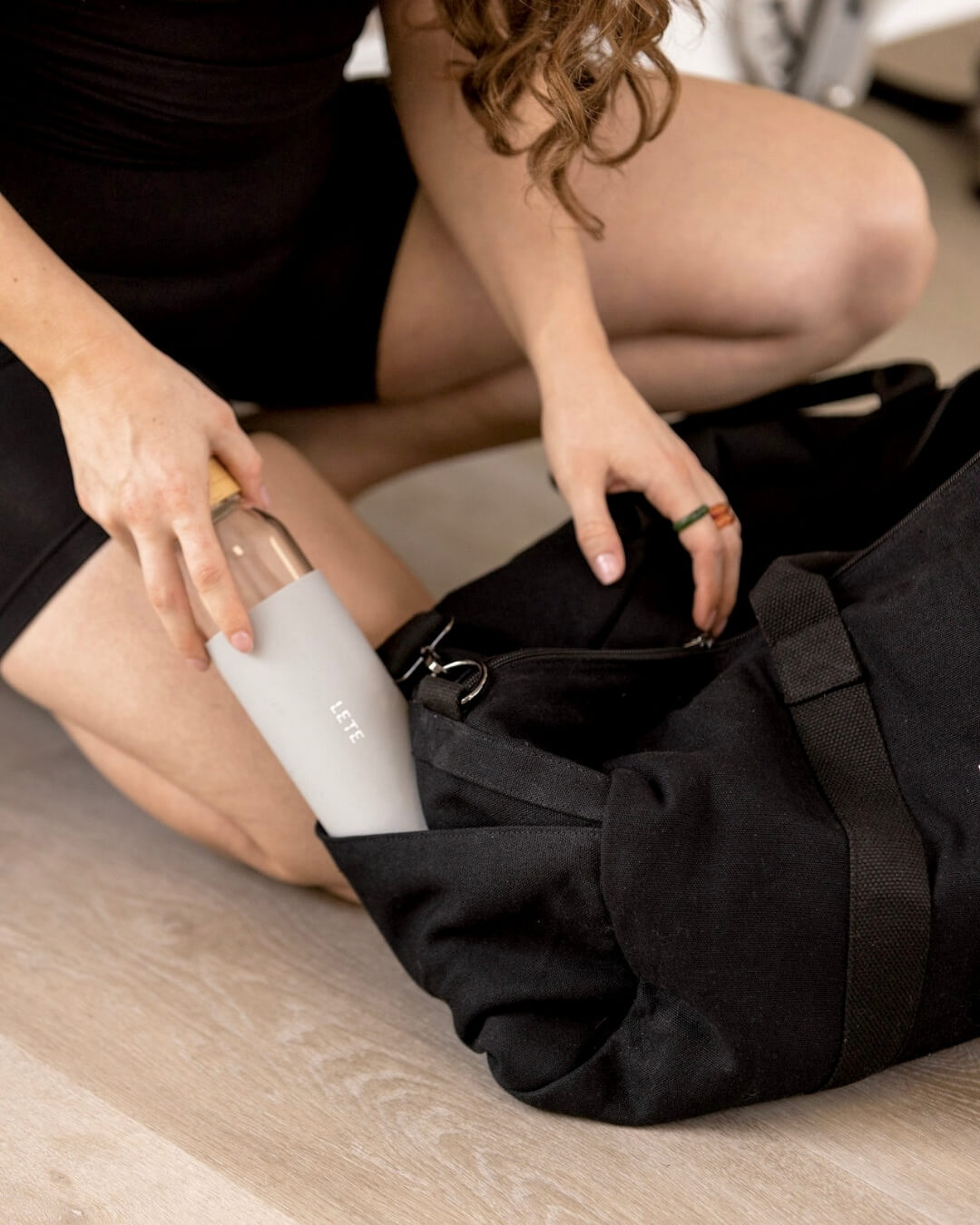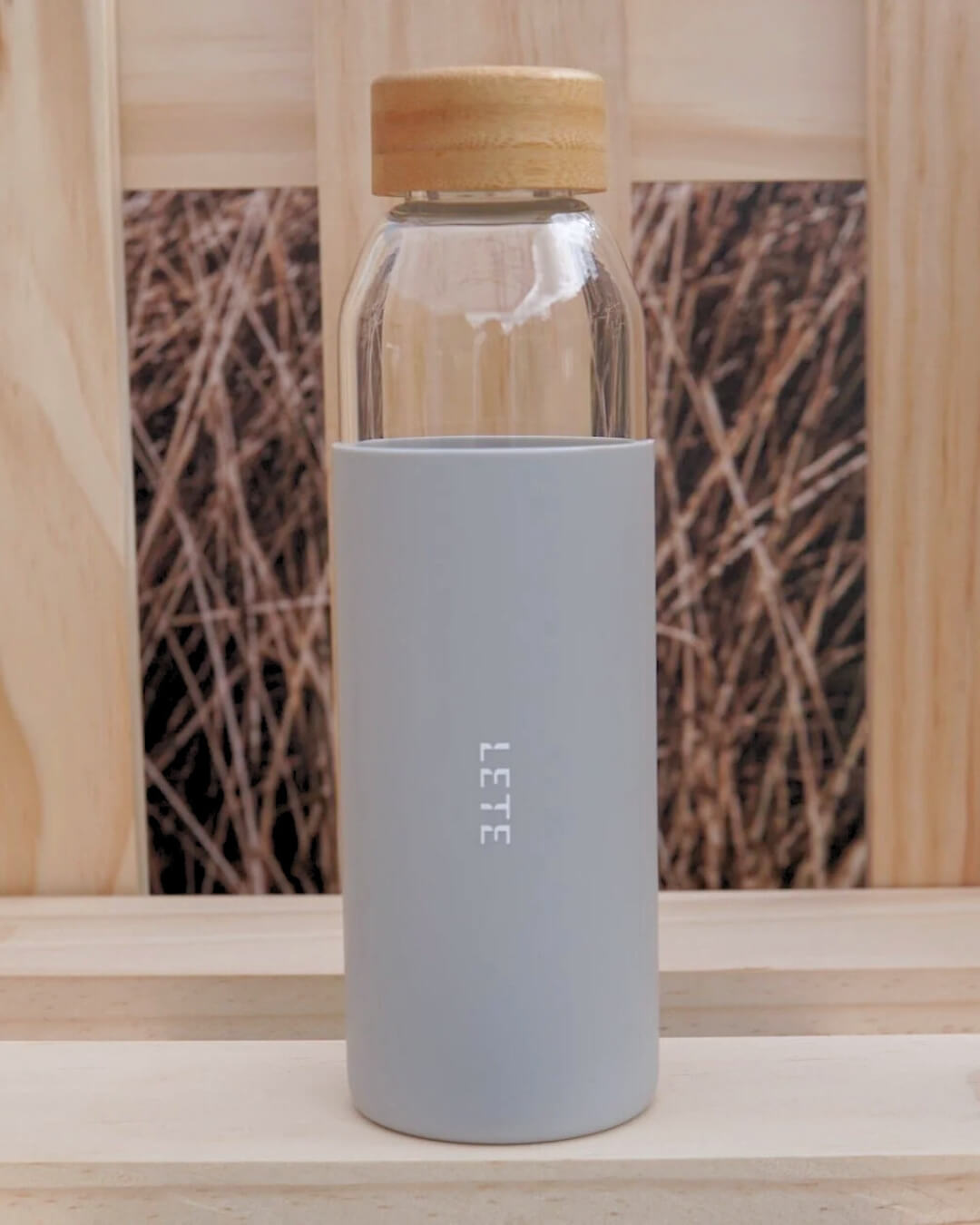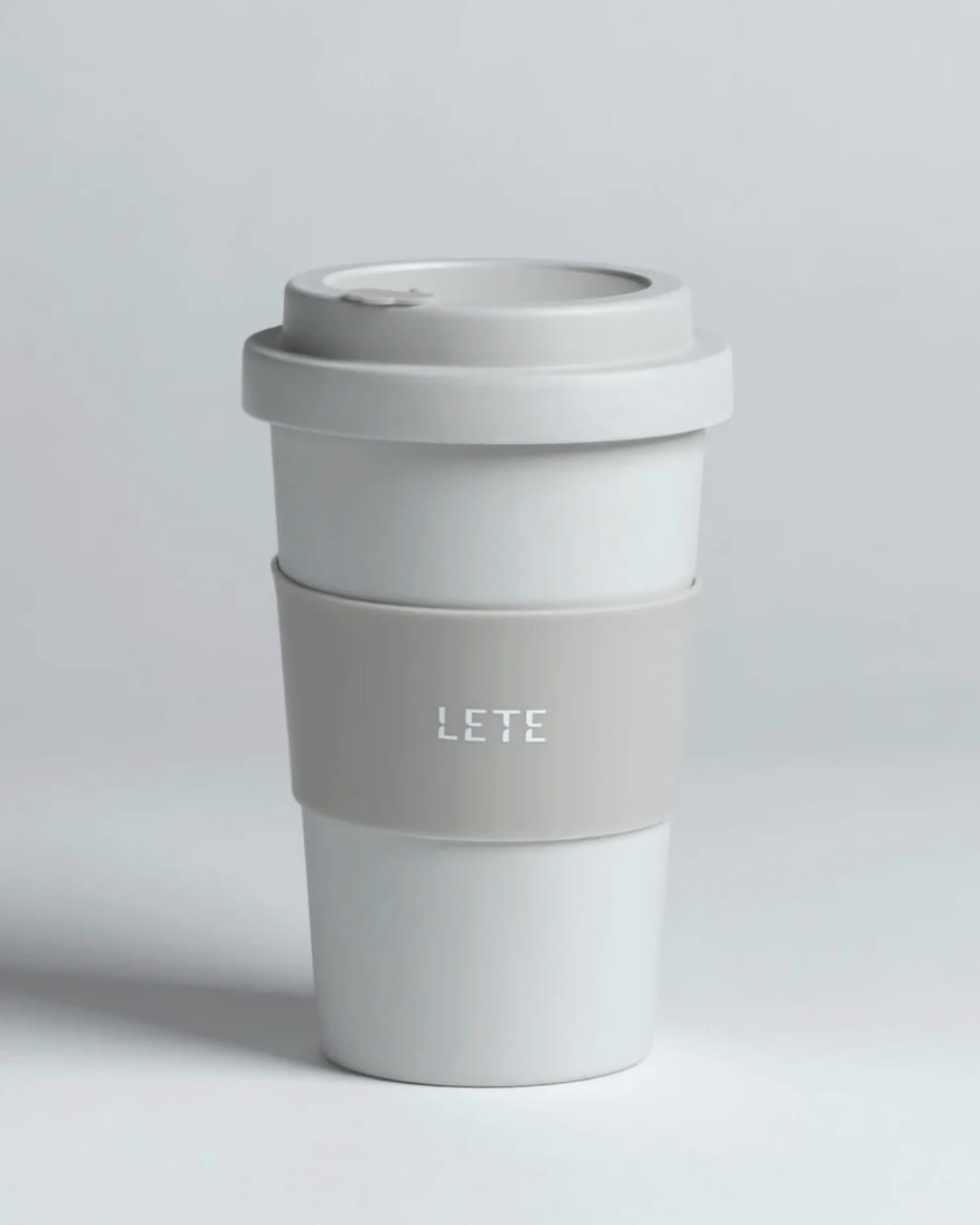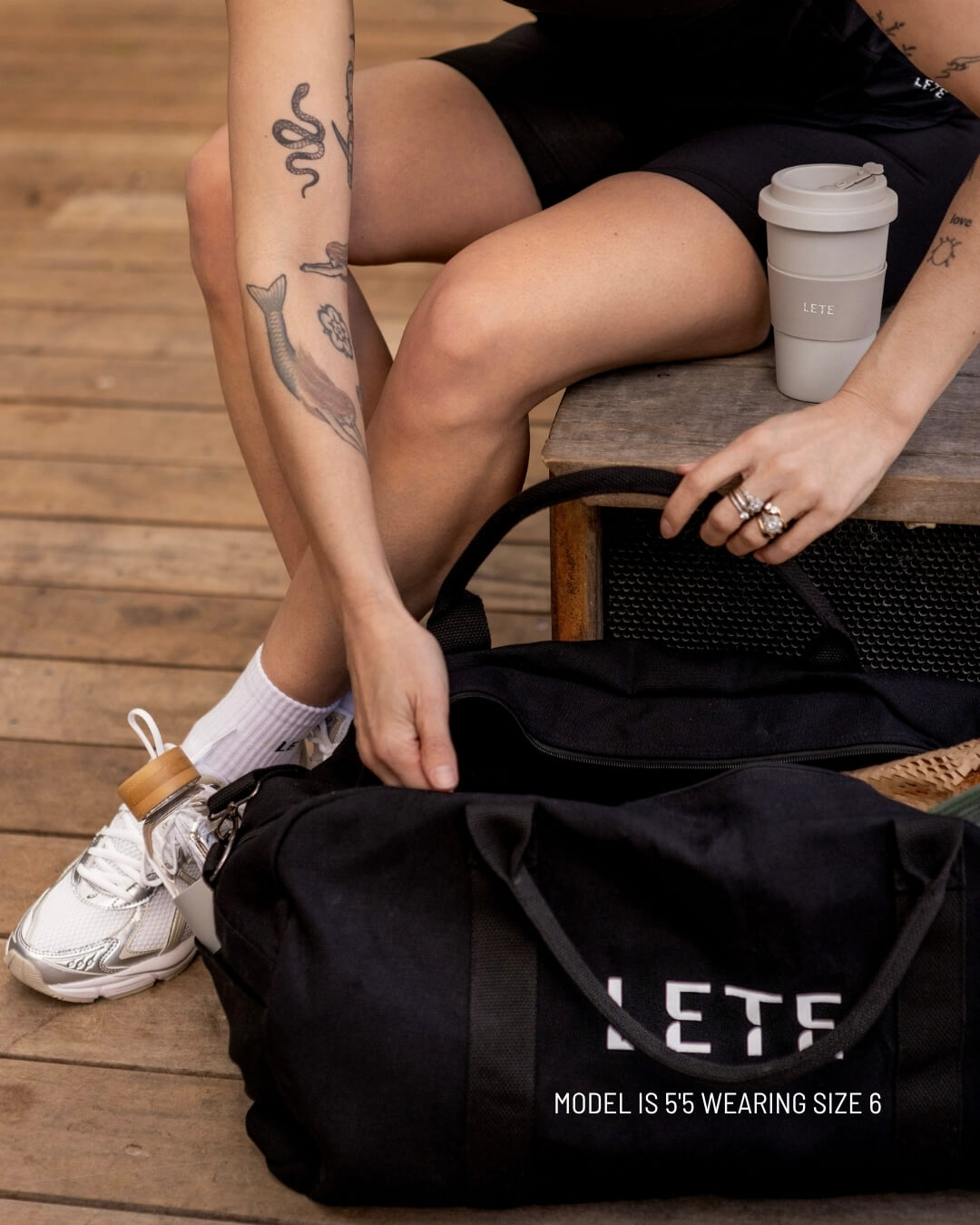So. You’re doing your best to shop sustainably and are wearing earth-friendly fibres. But what you might not know is that many of these garments may have been dyed with synthetic dyes, eliminating their ability to be biodegradable, sustainable, and safe for your skin. That’s where natural dyes come in. As the name suggests, these dyes have been created from natural substances: plants, flowers, fungi and fruits, to name a few. Being quite plentiful and naturally occurring, this is great renewable option and doesn’t cause harm or great depletion to our natural resources.
So, what are some of the pros of natural dyes?
Natural dye can produce “alive”, vibrant colours that their synthetic counterparts can’t achieve, meaning your clothes will have that extra bit of shine and colour to them. They will also change over time as they’re exposed to the sun, washed, and generally aged, but that can add to their uniqueness and vintage.
Because they’re made from natural materials, they’re non-toxic and non-allergic, meaning that your skin will thank you for it – and so will the planet. Given that the manufacturing of textiles with synthetic dyes leads to toxic substances sneaking through the process and ending up in our oceans and waterways, the more that we can move away from this dyeing process, the better. Synthetic dyes are often made from petroleum, so even if you’re making more sustainable choices with your fabrics, the dyes may still be putting your skin in touch with sneaky, toxic substances.
Additionally, natural dyes are biodegradable, given that they’re not made from artificial materials, they leave very little waste behind, and consume less water in their manufacturing process. In fact, very little is needed in the way of processing, so they’re light on their environmental impact in the manufacturing process overall.
What other properties do natural dyes have? Well, they can provide higher UV absorption than synthetic dyes, giving you better sun coverage. The darker the colour of the dye, the better the protection is, so your indigos may not feel like the best choice on a warm day, but they’ll do a great job protecting your skin. They also contain antimicrobial and medicinal properties (which were probably a little more relevant before modern medicine, but hey, pretty cool to know) and are suitable even for a baby’s skin or hospital beds. All in all, the natural properties in the substances used to create the dyes will help to keep your skin safe.
And on the flipside? Thanks to the time taken to produce them as well as the cost of their source material (another reason why smaller, planet-friendly brands may have a steeper price tag), sometimes natural dyes can be more expensive to produce and supply than synthetics. The colours of natural dyes and the garments they’re used on may be more variable, too, since their natural colouring can be more unpredictable. And while some people may love that their clothes will slightly change in colour over time, others may not be so into this prospect. It’s also more difficult to standardise a colour of natural dye because the colours can vary so greatly depending on a crop yielding from year to year, consistency across a plant, and other naturally occurring factors that can’t be manipulated quite so easily.
With these things to consider, it’s easy to see why synthetic dyes took over the market; they’re cheap and easy to produce in mass. The benefits of natural dyes, however, are abundantly better for our environment, your skin, and our future.
Sources
Campbell, Uma. Biofriendly Planet. (May 6, 2019). The Importance of Natural Dyes. Biofriendly Planet. https://biofriendlyplanet.com/green-alternatives/natural/the-importance-of-natural-dyes/
Fibre Bio. (January 20, 2021). 7 Good Reasons to Adopt Natural Dyes. Fibre Bio. https://www.fibrebio.com/en/7-good-reasons-to-adopt-natural-dyes/





